19-21 September 2024, Timisoara, Romania

The 1ts INTERNATIONAL SCHOOL ON MODELLING IN CRYSTAL GROWTH
The ISMCG1 will be organized at the West University of Timisoara, placed close to the city center. The university offers comfortable rooms for lectures and computer rooms for practical activities.
Day(s)
:
Hour(s)
:
Minute(s)
:
Second(s)
About the ISMCG School
International School on Modeling in Crystal Growth is an accompanying event of the International Workshop on Modelling in Crystal Growth.
Based on the contents of the previous IWMCGs, the School program includes lectures on theoretical, mathematical and practical aspects of the macro-simulation of crystal growth processes. Around this central theme, it will also propose introductions to complementary modeling techniques, at the atomic, microscopic and mesoscopic scales.
While mornings will be devoted to conventional lectures, afternoons will propose “on the screen” practical activities with 1) an in-depth case study of optimization of a bulk crystal growth process and 2) parallel workshops, animated by the lecturers, to familiarize with techniques such as DFT, Monte-Carlo, Phase Field or Artificial Intelligence.
The format of the school is designed to encourage interaction between lecturers and attendees, with informal discussions at coffee breaks, meals and social events. To stimulate more interactions, participants will have the possibility to display a poster about their own modelling work.
Meet Our Featured Lecturers
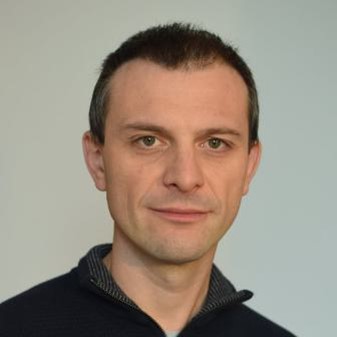
Roberto Bergamaschini
University of Milano-Bicocca, Milano, Italy
Dr. Roberto Bergamaschini got his PhD in Materials Science in 2013 at the University of Milano-Bicocca.
He worked there as postdoctoral fellow for six years and then obtained his present position as Assistant Professor at the Department of Materials Science.
His research activity focuses on the modelling and simulation of crystal growth, especially semiconductor hetero-epitaxy, by either continuum approaches, particularly the phase-field method, kinetic Monte-Carlo and machine-learning techniques.
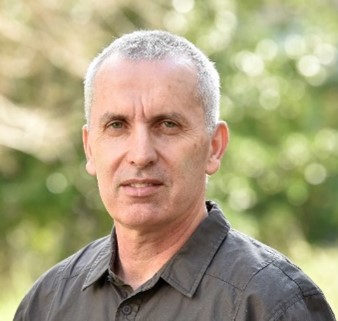
Simon Brandon
Technion – Israel Institute of Technology, Haifa, Israel
Professor and Head, Department of Chemical Engineering, Technion – Israel Institute of Technology, Haifa, Israel.
He has been a member of the international crystal growth community since the early 1990s. His contributions to research in crystal growth have been primarily in continuum modeling of bulk crystal growth.
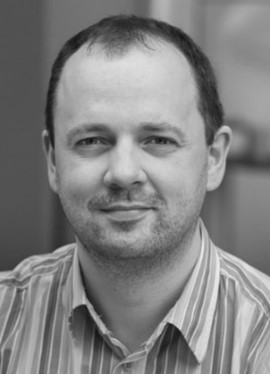
Kaspars Dadzis
Leibniz Institute for Crystal Growth (IKZ) in Berlin, Germany
Dr. Kaspars Dadzis works at the Leibniz Institute for Crystal Growth (IKZ) in Berlin, Germany, leading the research group “Model experiments”.
His team develops accessible crystal growth setups with detailed in-situ measurements to validate new numerical models for growth furnaces.

Jeffrey J. Derby
University of Minnesota, Minneapolis, MN, U.S.A.
Distinguished McKnight University Professor, Department of Chemical Engineering and Materials Science, University of Minnesota, Minneapolis, MN, U.S.A.
He is a long-standing member of the crystal growth community. His research applies theoretical analysis and computational modeling to study continuum transport, mechanics, and phase change during the growth of large, single crystals. Derby has served as President of the American Association for Crystal Growth (AACG) and is currently serving as Treasurer for the International Organization for Crystal Growth (IOCG). He is the Editor-in-Chief of the Journal of Crystal Growth. In 2015, Derby received the AACG Award “for Pioneering Contributions to Multiscale Modeling of Crystal Growth.”
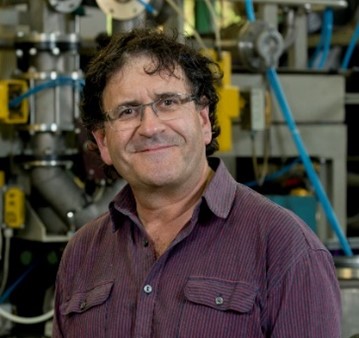
Thierry Duffar
Université Grenoble-Alpes, France
Emeritus Professor at the Grenoble Institute of Technology, Université Grenoble-Alpes, France.
He established and chaired the European Network for Crystal Growth, has been Treasurer of the IOCG and former President of the French Association for Crystal Growth. He is currently Editor of J. Crystal Growth.
His research topic focuses on all types of bulk crystal growth, with respect to the relationship between growth process and resultant defects in the crystals. He worked with all crystal growth companies in France and has been principal- or co-investigator of 13 experiments under microgravity conditions (focusing on melt convection effect, impurity distribution and capillarity problems). He developed many numerical models in order to describe and quantify the process-defect relationship.
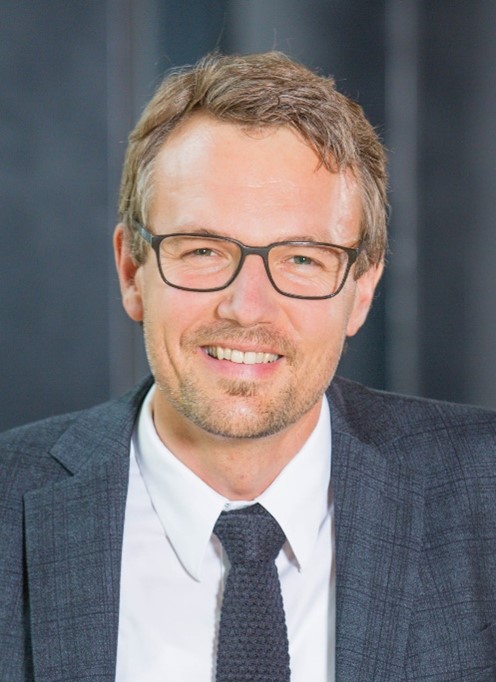
Marc Hainke
Fraunhofer-Institute IISB, Germany
Prof. Dr. Marc Hainke has more than 25 years of experience in the field of numerical simulation. The applications range from basic scientific research in crystal growth to industrial product development in the field of medical technology.
During his doctorate, Prof. Dr. Marc Hainke expanded the CrysMAS software from Fraunhofer IISB with models for the dendritic solidification of metallic alloys. The works have been awarded various prizes, e.g. the STAEDLER Foundation Doctoral Prize, the VDE/VDI-GMM Prize and the Georg Waeber Innovation Prize.
Since 2016, Dr. Hainke has been Professor of Development and Construction at the Ostbayerische Technische Hochschule of Applied Sciences Amberg-Weiden and is responsible for the Medical Engineering degree program. As a research associate at Fraunhofer IISB, Prof. Dr. Marc Hainke supports the activities of the Materials working group in the field of simulation applications.
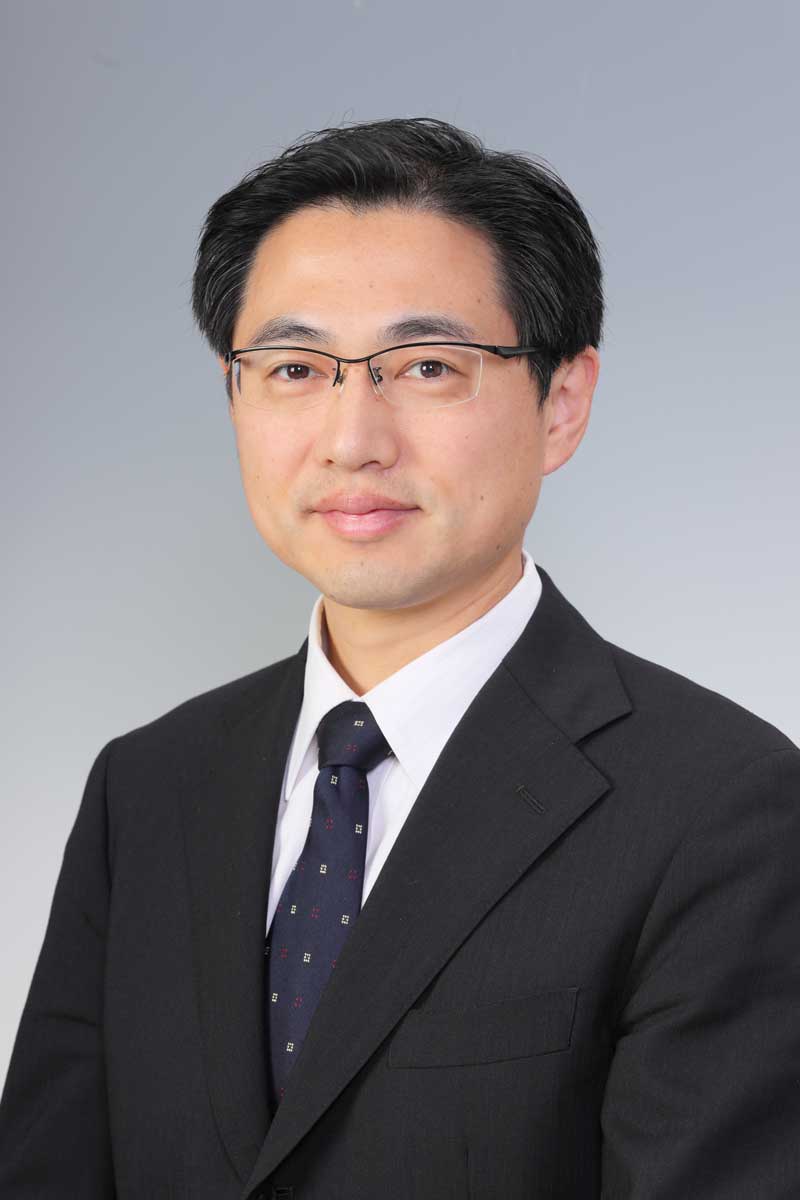
Kentaro Kutsukake
Nagoya University, Japan
Associate Professor, Institute of Materials and Systems for Sustainability, Nagoya University, Japan.
He received the degree of Dr. Sci from Tohoku University in 2007, respectively. He then worked as a research fellowship for young scientists (PD) in Japan Society for the Promotion of Science. Then as an assistant professor at Institute for Materials Research, Tohoku University and at Graduate School of Energy Science, Kyoto University. He worked as a designated lecturer at Institutes of Innovation for Future Society and as a postdoctoral researcher at Center for Advanced Intelligence Project, RIKEN.
Since April 2024, he has been with Nagoya University. Where he e is currently serving as the Chair of Applied Informatics Group, Japan Society of Applied Physics. His current research interest is the application of data science techniques to the research of crystal engineering.
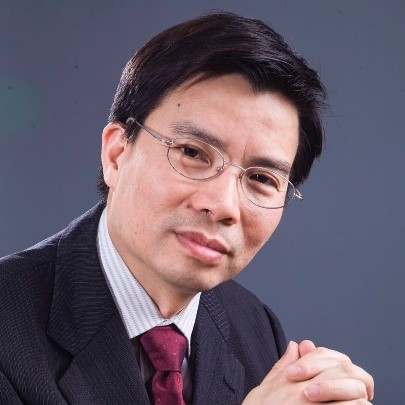
Lijun Liu
Professor, Xi'an Jiaotong University, Xi'an, China
He was awarded the New-Century Talent of Education Ministry of China in 2008 and distinguished professor of Xi’an Jiaotong University in 2011. He is currently Editor of Journal of Crystal Growth.
His researches cover many different types of crystal growth technology, with focus on modeling and simulation of crystal growth and its application in industrial technology development. He worked with many crystal growth companies in China especially in the field of photovoltaic and semiconductor industries. His research group developed an in-house software for crystal growth modeling. He has published more than 300 papers in journals.
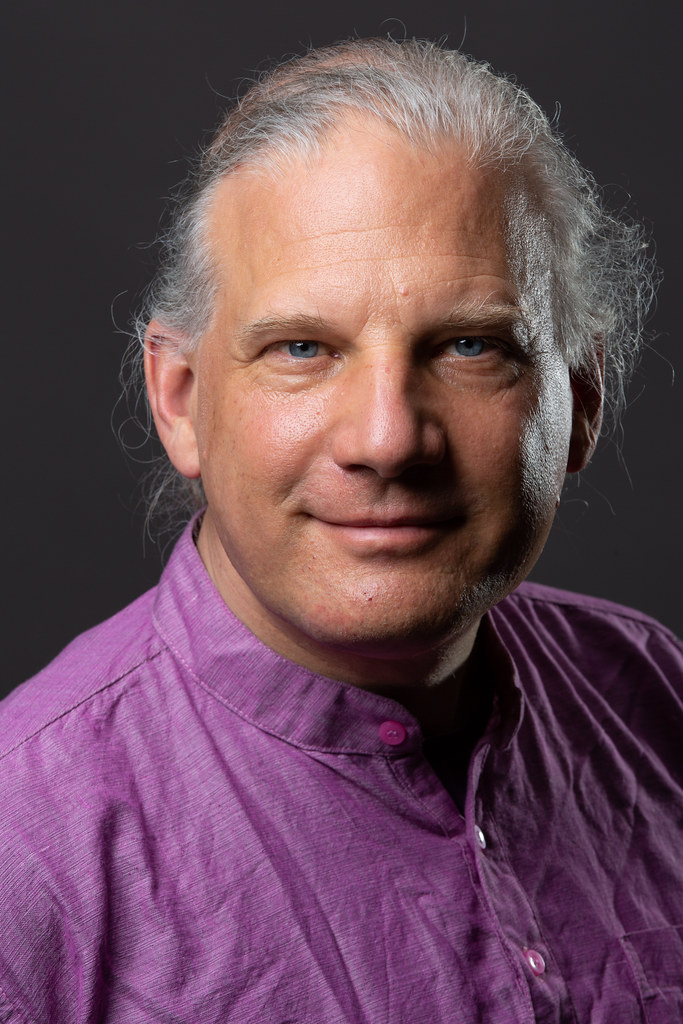
Mathis Plapp
French Centre National de la Recherche Scientifique (CNRS), France
Directeur de Recherche with the French Centre National de la Recherche Scientifique (CNRS) and works at the Condensed Matter Physics laboratory at Ecole Polytechnique, Palaiseau, France.
He works on theory and modeling of pattern formation processes in non-equilibrium systems, in particular during crystal growth. He has participated in the development of the phase-field method for the growth and evolution of microstructures in materials.
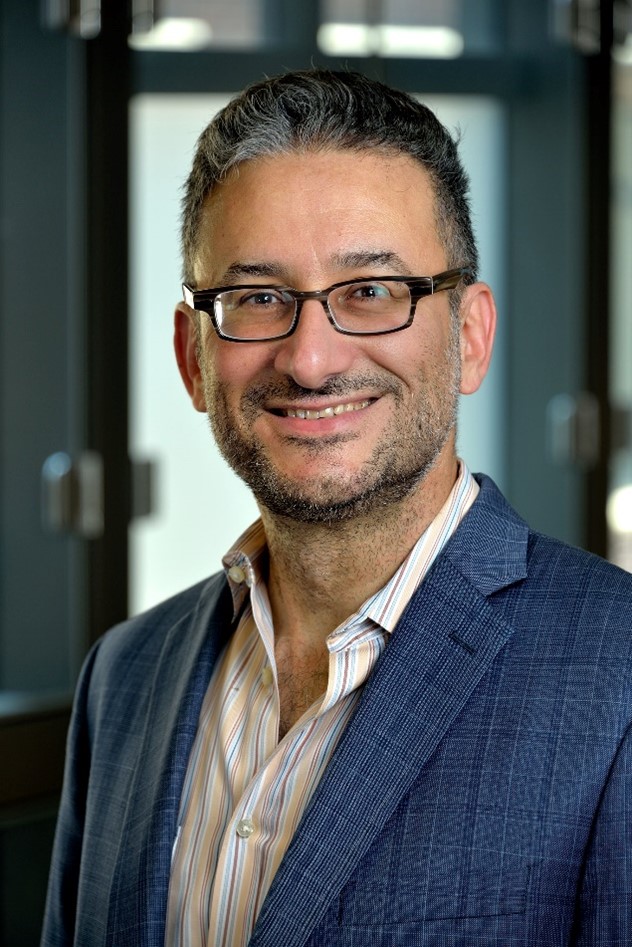
Talid Sinno
University of Pennsylvania, USA
Talid Sinno received his B.S. in Chemical Engineering and B.A. in Chemistry from the University of Pennsylvania. He received a Ph.D. (1998) in Chemical Engineering from M.I.T, where he subsequently spent another year as a postdoctoral researcher and lecturer.
He has been a member of the faculty of the Department of Chemical and Biomolecular Engineering at the University of Pennsylvania since 1999 and is currently Professor of Chemical and Biomolecular Engineering. He holds a secondary appointment in the Department of Mechanical Engineering and Applied Mechanics at Penn. Talid also serves as the Founding Director of the Master’s Program in Scientific Computing (SCMP) at Penn, which provides students with training at the nexus of modern scientific computing and data science.
Talid’s research in computational materials science is focused on multiscale modeling and simulation of nucleation, assembly, and crystallization processes in a wide range of material systems. Examples include semiconductor microstructure evolution during crystal growth and wafer processing, colloidal self-assembly, and platelet cell aggregation in blood flow. His group develops and applies numerous computational techniques across length and time scales to study these problems, including molecular dynamics, various flavors of Monte Carlo, and continuum modeling.
